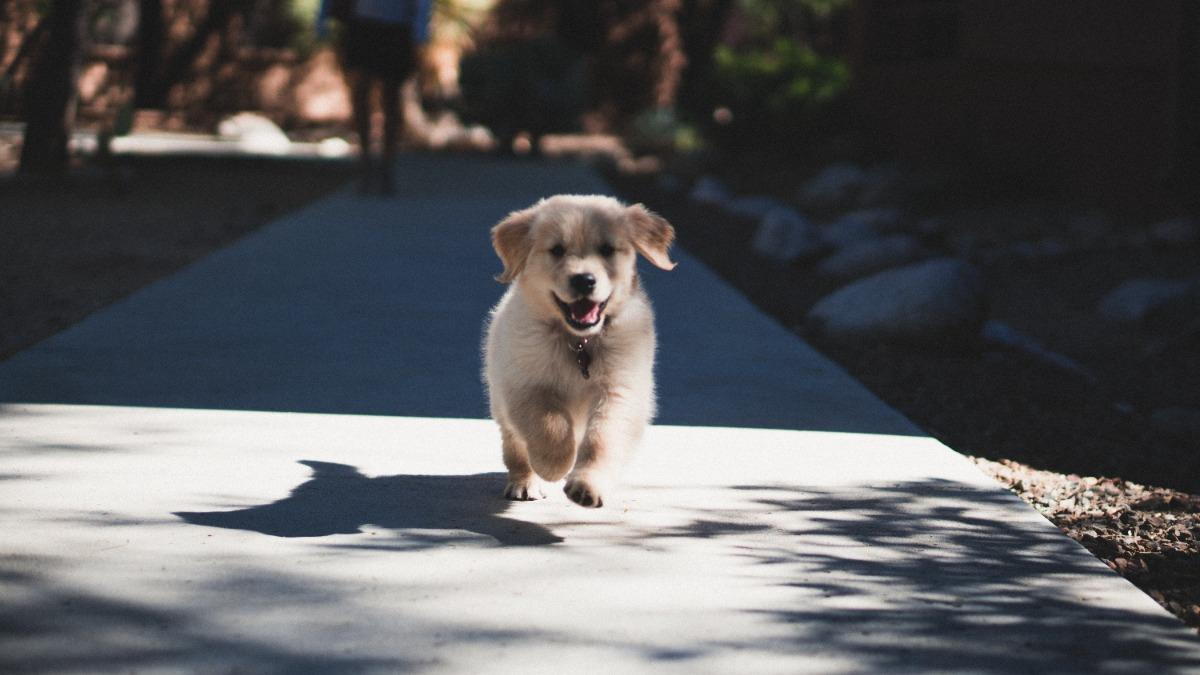
- posted: Jul. 28, 2022
People often think that living in the city with a dog is unhealthy for their pet. They argue that they stay cooped up in a tiny apartment for hours on end, and don’t get socialized enough like rural dogs do. This is a common misconception that every city-dweller with a pet has had to think about.
The truth of the matter is that the quality of life for your pet is completely dependent on your ability to get creative within the city environment. While the change of pace from the typical might be difficult and daunting at first, if you are ready and prepared for the necessities that come with city-living, it’s nothing you can’t handle!
Here are some tips from pet professionals about raising pups in the city.
1. First thing’s first, make sure your apartment is pet friendly.
It’s extremely important to triple-check that pets are permitted in your apartment building. Oftentimes you’ll have to pay what’s known as a ‘pet deposit’, ‘pet rent’, or a ‘pet fee’. While the price itself varies from building to building, it’s safe to say that it can range between a one-time payment of $200 and $500. The fees themselves can put a dent in your pricing plan, so always make sure to ask your potential landlord before moving in!
Regardless of the price of your pet fee, it’s also important to note the apartments by your unit that also own a dog. Sometimes, you’ll find that not every dog is friendly or used to socializing with other animals. A good rule of thumb for figuring this out would be to introduce yourself to your neighbors, and ask about their pet situation. Who knows, you might make a new friend for you and your pup!
2. Get an apartment dog.
While you can make nearly any kind of breed situation work with some effort, it’s important to know what your specific breed requires at a base level. Then, compare those needs with the amenities you have, to make sure you’re able to properly care for your pet.
Many people will go with a breed that is low-energy, small/medium, and good around people. Here’s a small list of breeds that fit this description, but also keep in mind that with the right amount of specialized care and attention, any breed can be suitable for your environment.
3. Potty training. It’s a must.
Apartment buildings come in all kinds of shapes and sizes in cities. From towering skyscrapers to humble one-floors, you should be prepared for the potty situation in any given environment. More often than not, people will find themselves in the daunting situation where they don’t live on ground level with their un-potty trained pup. No worries!
While it’s definitely a bit intimidating, people do it all the time! There are countless resources and professionals who go over how to do exactly this, some of which we’ll put below:
Aside from the obvious benefits of potty training your pup, it also gives you a chance to establish some kind of routine for you and your pet. Routine goes a long way in a city, especially when you’re also juggling a work-life balance. It might feel chaotic, but don’t let it get the best of you, it just takes some getting used to!
4. Dog parks!
Regardless of what kind of dog breed you have, it’s extremely important to know where your nearest dog-friendly park (or designated dog park if you’re lucky) is. It’s important to give your dog a space where they can run around freely and socialize with other pups–you’ll have the chance to socialize with other people, too! Scope out the area you’ve found for your pup, and take note of the environment. Here are some things to take note of when you go:
Is it packed at the time you visit? Are there fences surrounding the park so your pup can roam free? Are there holes in the fences? Is there a designated area for certain sizes to go? Are doggie bags provided?
5. Crate training!
I know. It looks like a doggie prison. And while your heart might squeeze at the sight of your pup looking at you with those big puppy eyes, it’s common for pets to find crates comforting places akin to a den. It’s important to keep in mind while crate training, that you should treat it like a safe haven rather than a punishment where they’re kept for long periods of time. Once your pup associates it positively, it makes potty training so much easier. And once your pup is all grown up, you’ll be left with a dog that knows not to go to the bathroom all over the place, and a safe space they can retreat to if they ever feel overwhelmed.
Here’s a link on how to properly crate train your dog, by Chewy.
Location
Find us on the map
PupStars Pet Care
2337 West Lake St
Chicago, IL 60612, US

